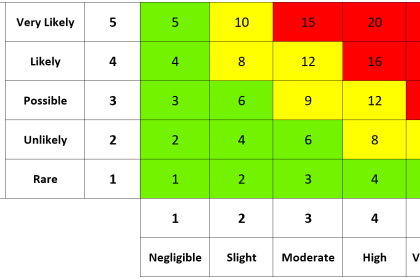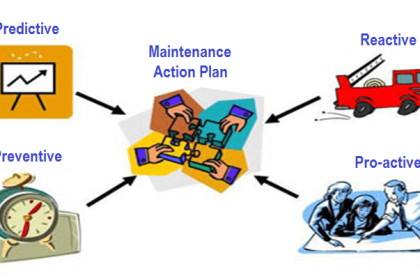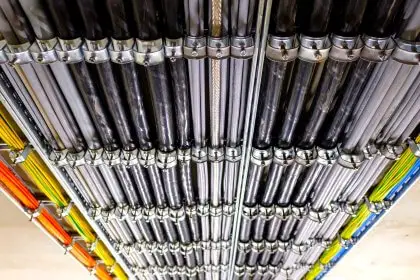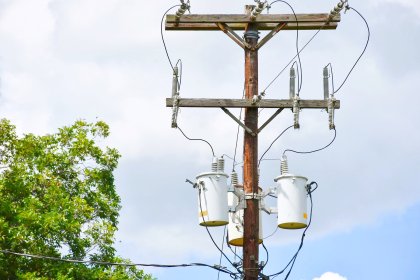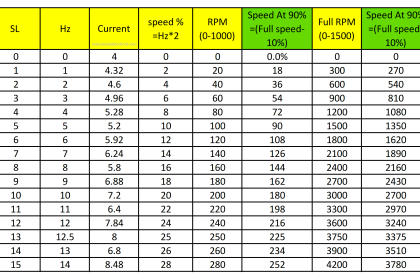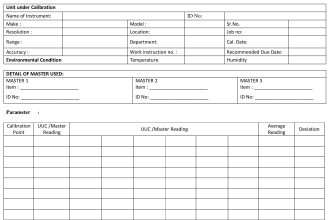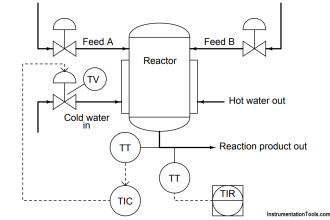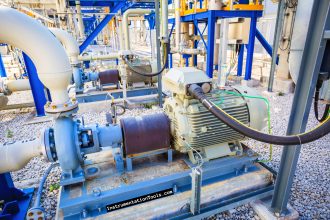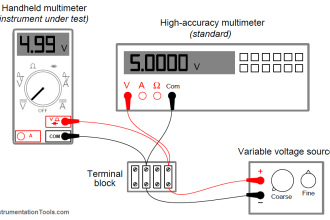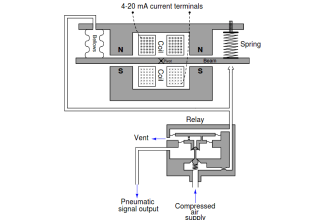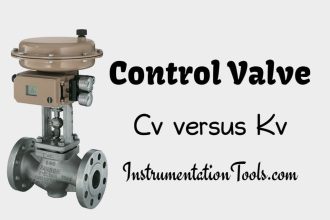An alternative to control valves for adjusting fluid flow is to regulate the speed of the machine(s) motivating fluid to flow. In the case of liquid flow control, this would take the form of variable-speed pumps. In the case of gas flow control, it would mean varying the rotational speed of compressors or blowers.
Flow control by machine speed control makes a lot of sense for some process applications. It is certainly more energy-efficient (Note) to vary the speed of the machine pushing fluid to control flow, as opposed to letting the machine run at full speed all the time and adjusting flow rate by throttling the machine’s discharge (outlet) or recycling fluid back to the machine’s suction (inlet). The fact that the system has one less component in it (no control valve) also reduces capital investment and potentially increases system reliability:
Note : Regulating fluid flow by using a throttling valve along with a constant-speed pump is analogous to regulating an automobile’s speed by applying varying force to the brake pedal while holding the accelerator pedal at its full-power position!
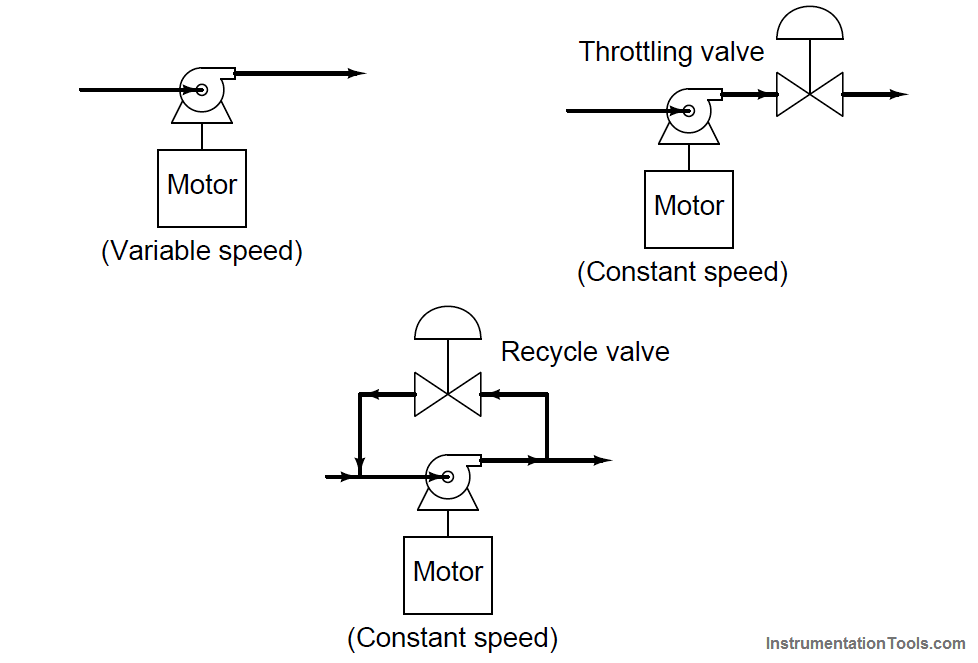
Modern power electronics provide the means to electronically control the speed of almost any type and size of electric motor, using a device called a motor drive. DC motor drives vary voltage and current to the armature and field windings of the motor. In general, DC motor speed is directly proportional to armature voltage, and inversely proportional to field current. AC motor drives vary the frequency of the power applied to the motor’s stator windings, because frequency is what establishes the speed of the stator’s rotating magnetic field which the rotor follows.
DC motors were once considered clearly superior to AC motors in variable-speed applications where high starting torque (torque generated at zero speed) was needed. The advent of sophisticated variable-frequency drive (VFD) electronics, however, greatly expanded the useful operating speed range of AC induction motors to the point where one can do almost any task with an AC motor that used to be possible only with a DC motor. This is highly advantageous, because AC induction motors are much simpler and more reliable machines than DC motors. DC motors use commutators and brushes to conduct electrical power to their rotating armatures, both of these components being subject to wear.
AC induction motors convey power to their rotors by electromagnetic induction, not by direct contact, and so neither commutators nor brushes are necessary. In fact, the only “wearing” component in an AC induction motor are the bearings holding the shaft, which of course are common to all rotating machines and therefore not a liability peculiar to AC induction motors.
Further advantages of machine speed control include the ability to “soft-start” the machine instead of always accelerating rapidly from a full stop to full speed. Soft-starting electric motors greatly reduces the wear on machines, increasing their service life. In applications such as conveyor belt control, robotic machine motion control, and electric vehicle propulsion, variable-speed motor technology makes perfect sense as a control mechanism because the prime mover device is already (in most cases) an electric motor, with precise speed control of that motor yielding many practical benefits.
In some applications, regenerative braking may be possible: where the motor is used as an electrical generator to slow down the machine on command. Regenerative braking transfers kinetic energy within the machine back to the power grid where it may be productively used in other processes, saving energy and reducing wear on any mechanical (friction) brakes already installed in the machine.
With all these advantages inherent to variable-speed pumps, fans, and compressors (as opposed to using dissipative control valves), one might wonder, “Why would anyone ever use a control valve to regulate flow? Why not control all fluid flows using variable-speed pumping machines?” Several good answers exist to this question:
- Variable-speed machines often cannot increase or decrease fluid flow rates as rapidly as control valves
- Control valves have the ability to positively halt flow; a stopped pump or blower will not necessarily prevent flow from going through
- Some process applications must contain a dissipative element in order for the system to function (e.g. let-down valves in closed-loop refrigeration systems)
- Split-ranging may be difficult or impossible to achieve with multiple machine speed control
- Limited options for fail-safe status
- In many cases, there is no machine dedicated to a particular flow path (e.g. a pressure release valve, or a valve controlling water flow from a dam) for us to control the speed.
Also Read : Variable Frequency Drive Principle
